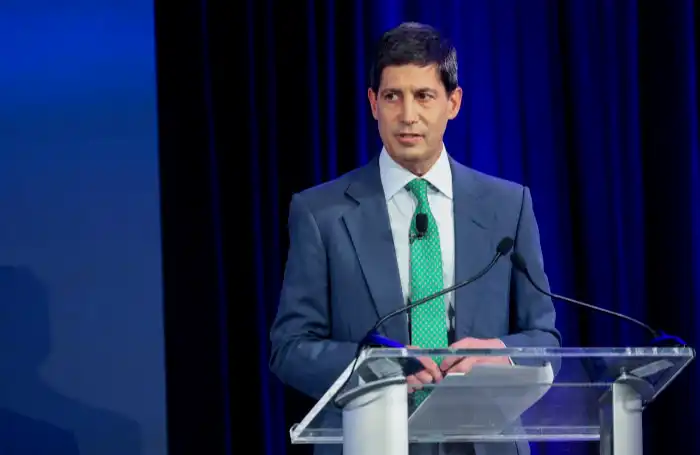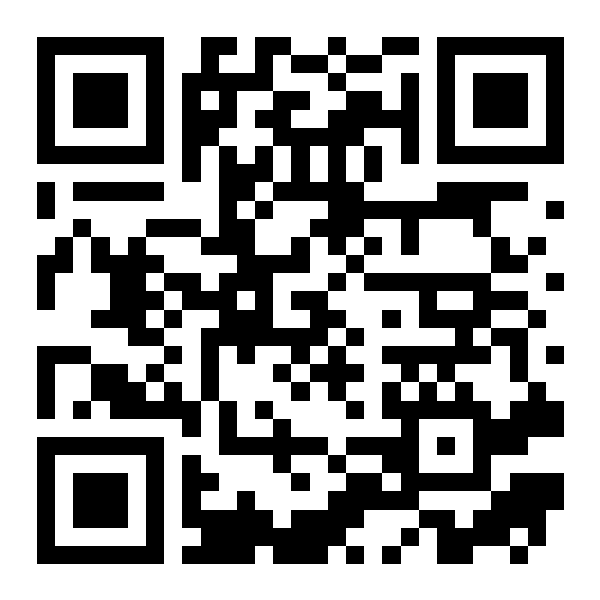Why is RWA + Stablecoin the "Layer 2 of the Real Economy"?
Original Article Title: "Why RWA+Stablecoin Equals 'Layer2 of the Real Economy'?"
Original Article Author: Kai Ye, Huaxia Digital Capital
Imagine the real world beneath our feet as a mainnet that has been operating for hundreds of years: with stores, factories, bonds, stocks, logistics systems, and numerous enterprises running on this mainnet. However, the operational efficiency of this mainnet has long been overloaded: cumbersome financing procedures, expensive cross-border payments, lengthy asset turnover cycles, and layers of intermediaries taking a cut, resembling the era of Ethereum without Layer2—congested, slow, expensive.
And now, RWA plus Stablecoin is like building a new "Layer2" extension network for this mainnet of the real economy.

1. Layer2 is Acceleration, Not Replacement
First, what is "Layer2"? In the blockchain world, Layer2 is an acceleration layer built on top of the main chain, such as Arbitrum, Optimism, which make originally congested and expensive Ethereum transactions fast and cheap.
Translating to the real economy, if we consider the traditional financial system—including commercial banks, payment networks, trading systems, clearing systems—as the main chain of the real economy, then "RWA+Stablecoin" is its Layer2. It is not meant to replace the existing system but, without changing the main chain rules, to enable key actions like "asset ownership, financing transactions, dividend payments" to enter a new track of real-time response and global circulation.
2. Why is RWA+Stablecoin Called "Layer2"?
It is called so because of the following key features—
First, it has Anchoring
Every transaction on Layer2 will ultimately settle back on the main chain, and RWA follows this principle. Whether it's a piece of real estate, an accounts receivable, or a US Treasury bond yield, these real-world assets are fundamentally anchored in real-world laws and physical existence. You cannot create them out of thin air, nor can you escape offline regulations.
So it is not a virtual game but a concrete move to "scan" a real-world asset onto the chain, paired with a stablecoin, to complete a closed loop of payment, dividend, and transaction flow.
Second, it has an Independent Market and New Gameplay
While RWA is anchored to real-world assets, the on-chain gameplay is completely different. You can tokenize the revenue of a solar power plant into 100,000 tokens and rent them out hourly to different users; you can tokenize a cold chain warehouse receipt on the blockchain for cross-border loan collateral; you can even transform the future box office revenue of a film and TV IP into a revenue-sharing token and sell it to fans and investors.
This is the charm of Layer2—it is built on the mainnet but has its own market structure, a more diverse asset portfolio, and more flexible financial logic. Stablecoins serve as the "settlement fuel" within this Layer2, enabling asset fluidity, automatic revenue distribution, and transparent transactions.
3. What Does Layer2 Mean for Different Roles?
For businesses, "RWA + Stablecoin" provides a pathway for "light asset financing." You no longer need to wait for a 90-day accounts receivable period, be subject to intermediary fees, or be limited to the local market. As long as you have real assets, you can obtain funding support globally through asset tokenization + stablecoins.
For investors, this is a revolution from "only being able to invest in stocks and bonds" to "being able to invest anywhere in the world." You can invest in a solar power plant in the Philippines, a data center in Dubai, a logistics warehouse receipt in Singapore, or agricultural yields in Argentina—each transaction flows in and out through stablecoins, as quick as using a card.
For regulators, RWAs bring assets on-chain and leave a traceable data trail, while stablecoins provide a monitorable payment path. Compared to traditional underground liquidity pools and shadow banking, the Layer2 system of "RWA + Stablecoin" is more controllable, transparent, and auditable.
4. A New On-Ramp: Asset "Scanner" + Capital "Accelerator"
RWA is the "scanner" of the real economy, breaking down the value structure of traditional assets into programmable on-chain tokens; while stablecoins are the "accelerator" of digital finance, allowing every transaction to flow globally with no intermediaries and instant settlement. The combination of the two is like attaching a "liquidity chip" to the real world, bringing static assets to life, in motion, and earning.
Imagine a scenario: a small and medium-sized port operator tokenizes the rent revenue of its port berths for the next three years on an RWA platform; a group of digital investors in Singapore subscribe to these revenue tokens using USDC, and the platform automatically distributes the revenue back to each investor's wallet using stablecoins; the entire process has no bank intermediaries, no high fees, all settled on-chain. What is this if not Layer2 of the real economy?
Conclusion: The Future of the Economy is not "On-Chain," but "Born-On-Chain"
In this paradigm, we no longer ask whether "real-world assets can be put on-chain," but rather "assets grow on-chain from the moment of birth"; we no longer worry about "how to conduct cross-border payments," but rather every income transaction is inherently issued in a stablecoin; we no longer wait for updates to financial infrastructure, but instead construct a set of "lighter, faster, more universal" new finance with "RWA + stablecoin."
If the past few decades were about the "Internet building a highway for information," then now, it is about "stablecoins and RWA adding a Layer 2 for value." This new chain is quietly altering the underlying logic of global finance, and this "upgrade of the economic protocol" has only just begun.
Huaxia Digital Capital is a digital investment bank focusing on the RWA (Real-World Asset Tokenization) track, committed to RWA track market research and education, issuance and investment incubation, RWA asset management platform, digital financial innovation, and other solutions, aiming to build a bridge between real-world assets and the value of the crypto world.
#ARAW Always RWA Always Win! By 2025, the RWA market will rapidly find its place in rapid growth. For friends who are emotional about the topics of RWA and stablecoins, you can join the discussion group by adding the WeChat account YekaiMeta.
This article is a contribution and does not represent the views of BlockBeats.
Welcome to join the official BlockBeats community:
Telegram Subscription Group: https://t.me/theblockbeats
Telegram Discussion Group: https://t.me/BlockBeats_App
Official Twitter Account: https://twitter.com/BlockBeatsAsia










